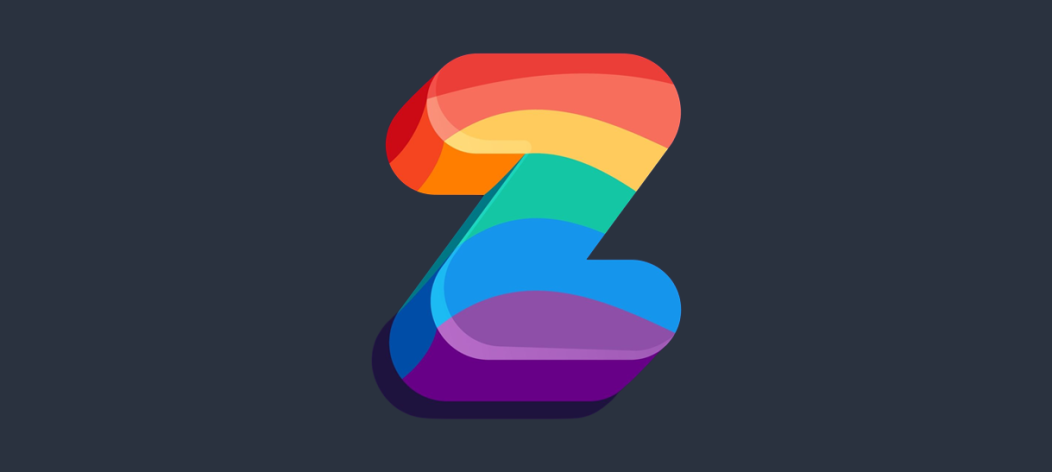

To truly look behind the lens this LGBTQ+ History Month, we need to understand what the current lens looks like. Before, this would be the writer’s perspective in a piece of fiction, or the director’s camera, creating the gaze for a groundbreaking piece of television. Nowadays, real representation comes in the form of instantly accessible content, showcased on platforms like TikTok and Instagram and geared into algorithms that reach just about anyone.
And as the global LGBTQ+ spending power is estimated to be worth more than $3.9 trillion, there is room for marketers to not only pocket a share of the Pink Pound – but also perfect queer representation in the process.
Social media, with all its shortcomings, is an opportunity for representation more widespread than ever before. Content creators can push their online presence and enjoy the lucrative benefits that come with it. These platforms have become multi-generational hubs, with anyone from teens to grandparents using them. And at the core are the people leading the way in creative exploration. Generation Z. The young people harnessing the true digital power, activists born within the tech age, seeking the truth behind the headlines.
Not only are Gen Z getting key cultural thoughts and ideas out into the world, but they’re changing the way marketers, brands and the general public show their own values. Their access to culture as it shifts, and the instant way of tying themselves to it, means we’re seeing these values stream through corporations and social platforms: pronouns listed in bio sections, mental health care taken increasingly seriously.
Whether for diversity and inclusion initiatives, ESG targets or attitudes on social issues – the world is adapting to the way a younger generation thinks, acts and spends. The progressive steps taken to be more inclusive of the LGBTQ+ community – and the increased amount of representation shown in big campaigns are, to some extent, thanks to Gen Z.
In terms of equality, 54 years after Stonewall might feel more like hundreds to those who have lived through the change. And while positive attitudes are far from everywhere, new laws and standards help make parts of the world somewhat safer for queer individuals. And part of this involves media platforms holding themselves to the same standard. To meet inclusion targets, content produced through streaming giants like Netflix has undergone a makeover in casting. In their ‘Where We Are on TV’ report, GLAAD revealed that across the major streaming services there are 245 LGBTQ+ series regulars, and 113 LGBTQ+ recurring characters in content.
The 2020 Census for sexual orientation (which is set to offer findings on transgender percentages by spring 2023) reported that 8% of all young people aged between 16-24 identify as lesbian, gay, or bisexual. This highlights the need for increased representation within marketing, especially when targeting the all-important Gen Z audience. When discussing inclusivity as a critical tool for unlocking generational champions, psLondon outlined how Gen Z have ‘the influence to drive progress in society and across all marketing categories and channels’.
When so much of marketing today is about building genuine trust with audiences, the way to make that a reality with Gen Z is to demonstrate an understanding of shared values. Marketers have found using demographic data and qualitative research of particular marginalised groups can help develop and nurture that connection.
At present, we find ourselves living through a time when getting it wrong can mean big, harmful repercussions to brand reputation. Therefore, successfully modernising the global LGBTQ+ market means getting it right with representation – avoiding harmful stereotypes, not rehashing overplayed narratives and painting a more accurate picture of what it means to be queer today. Luckily for media and marketing agencies, access to this information in real-time and across a range of demographics has never been easier.
The big question now: how much further can brands take it? With the risk of jumping too far ahead, and potentially patronising or over-exaggerating the key messages of LGBTQ+ audiences, campaigns must be well considered and based on real insight from the people they’re targeting. We spoke before about how embracing queer talent and marketing techniques can lift the cap on creativity – but how can marketers use this to continue pushing for change, equality and fair representation?
At the start of our blog series, we looked at how IKEA made history with their Dining Room Table TV spot. This wasn’t just groundbreaking for including queer people within an established platform. It also humanised, identified and normalised the real people among us, throwing out sexuality as the main thing needing to be heavily stereotyped or spotlighted. Moving forward, brands can take inspiration from this.
Rather than outlining LGBTQ+ individuals as different, the answer may sit with highlighting us as part of the full picture, all while championing and celebrating the strengths it took to be sat at that table.
Thanks for following our blog series for LGBTQ+ History Month. We hope that you got a lot from it!
To find out how you can get involved in LGBTQ+ awareness, check out a list of charities and community initiatives here.
The latest (and most useful) B2B insight, delivered to your inbox.
Publicis Pro needs the contact information you provide to send you the latest B2B insights. You may unsubscribe from these communications at anytime.